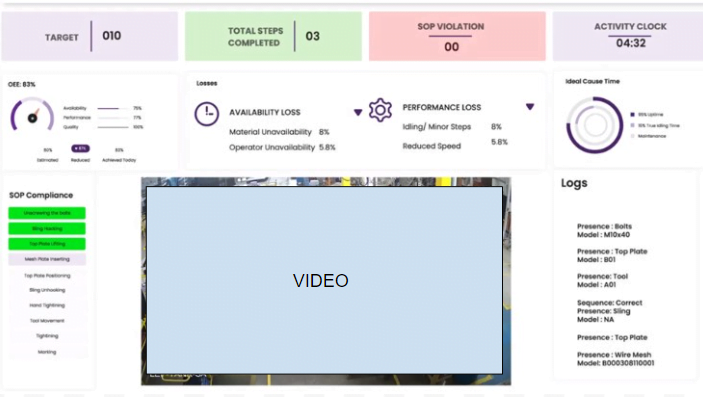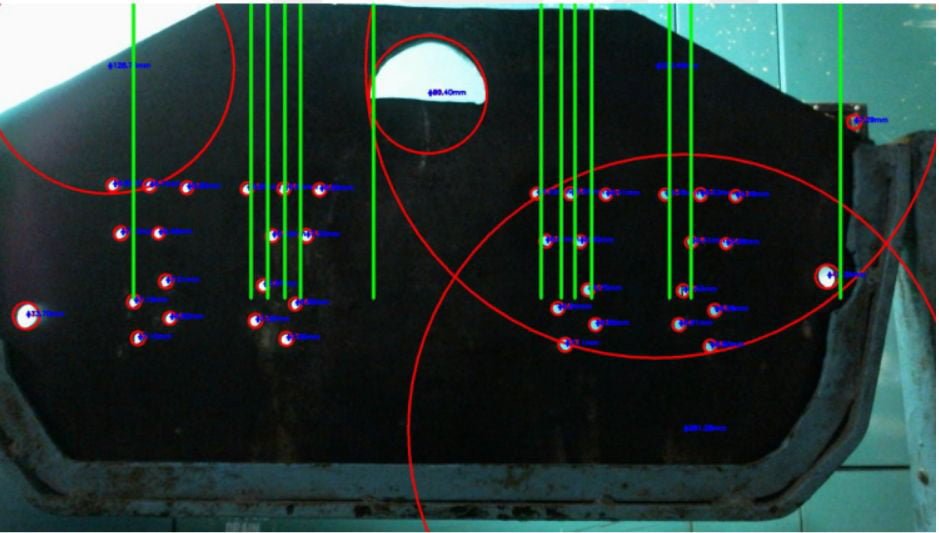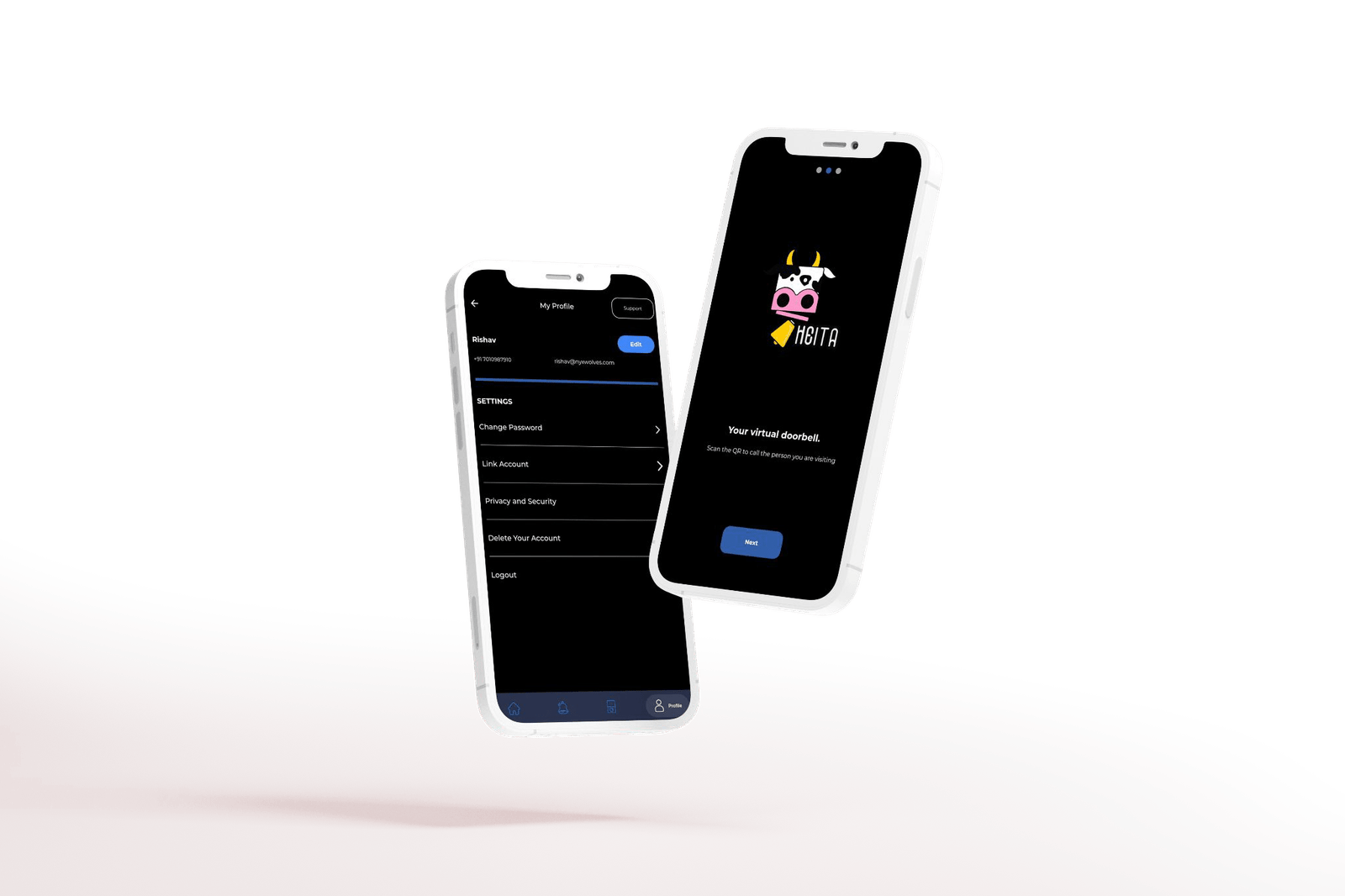Problem:
Prince William Sound Science Center needs to detect and count four classes of fish moving upstream and downstream in Prince William Sound. The data collected from the fish count will be used for scientific research on weather patterns. The current system in place is inefficient and inaccurate, resulting in unreliable data.
Key Requirements:
- Accurately count the number of fish going upstream and downstream along with their breed
- Send the data over cloud for further analysis
- Deploy the system on Jetson Nano
- Use underwater ZED Cameras
- Grab and save the frame when fish crosses
- Achieve a desired FPS of 10
Logic:
To achieve accurate fish counting, the system uses deep learning to train the model on labelled images of the four classes of fish. The system runs the model on the view of the ZED 2 camera, and the tracker tracks the fish across frames. The analytics module performs counting and line crossing detection and sends data to the communication buffer, which sends data to cloud storage for further analysis.
Services:
The solution application consists of five parts:
- The core application: responsible for demuxing the video input and creating a frame buffer.
- The tracker: DeepSORT tracker tracks the fish.
- Analytics: the module that performs counting and line crossing detection.
- Image Saving: component responsible for saving the frames with the fish count and metadata.
- Communication Buffer: responsible for sending the output as JSON for post-processing.

The Results
- The system accurately detects and counts the number of fish moving upstream and downstream in Prince William Sound, classifying fish based on their types. desired FPS of 10, making it more efficient and reliable than the previous systemThe data collected is sent to cloud storage for further analysis, aiding in scientific research on weather patterns. The system is deployed on Jetson Nano and can achieve the .



